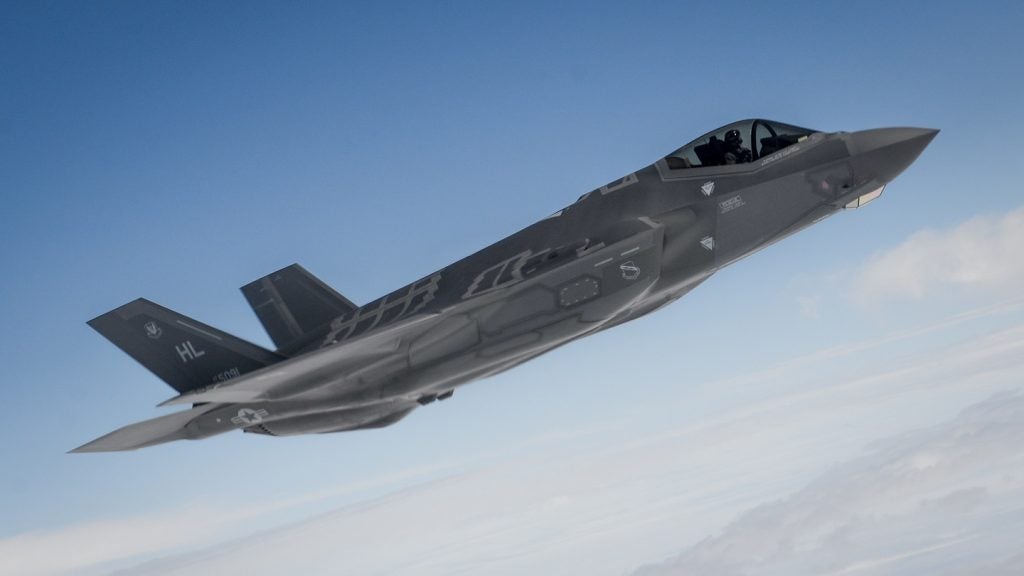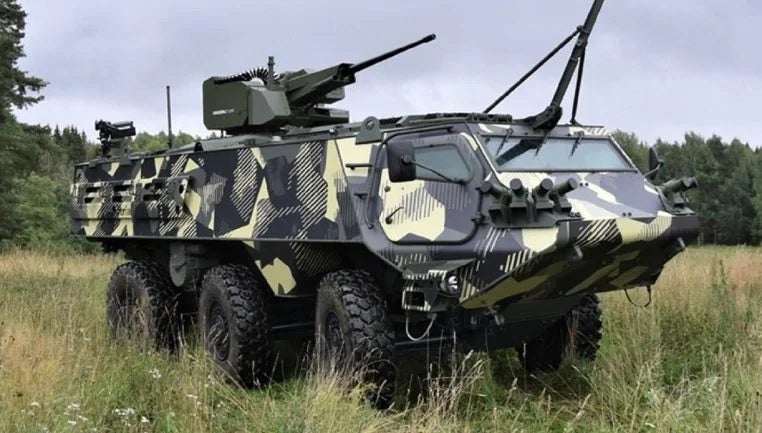
As the European Union’s (EU) senior leadership calls for increased collaboration among member states’ defence procurement, there is a growing risk of trading capability for commonality in the drive towards Single Market exclusivity.
In a speech at the European Parliament Plenary on 28 February, European Commission President Ursula von der Leyen, said member states should increase collaboration in defence spending as the EU looks to become a more independent actor on the global stage.
Referencing the need to “rebuild, replenish, and modernise” military capabilities among member states’ armed forces, von der Leyen said that Europe should “strive to win the next generation of battle winning operational capabilities” through a “turbocharging” of the defence industrial capacity over the next five years.
“Europe must spend more, spend better, spend European,” von der Leyen rallied.
To this end, the EU would put forward its proposals “in the next weeks” with the European Industrial Defence Strategy, along with the European Defence Investment Programme, which will prioritise joint defence procurement.
“Just as we did it very successfully with the [Covid-19] vaccines or for example with natural gas, this will help us reduce fragmentation and increase interoperability. But to do this we must collectively send a strong signal to industry,” von der Leyen said.
“We will increase support for industrial ramp-up, as we are now doing with ammunition through [Act in Support of Ammunition Production (ASAP)]. We will identify European defence projects of common interest… and we will focus on innovation to ensure Europe has that edge in the new technologies, which we see being deployed across the world in different conflicts.”

The possible acceptance that EU member states could struggle to compete with the industrial capacity of the United States, and its clear technological advantage, is perhaps indicated in von der Leyen’s call for public and private lenders to support the continent’s defence industry and, in particular, its small and medium enterprises.
“Small and medium enterprises are the backbone of our industry. They are the driver of innovation and a critical factor in the Single Market,” von der Leyen said.
In addition, von der Leyen stated that in the “next weeks” the European Commission would announce funding under the ASAP programme intended to double European ammunition production to cover two million shells a year by the end of 2025.
The positioning of von der Leyen as President of the European Commission as a supporter of defence industry runs counter to her six-year span as German defence minister from 2013-2019, presiding over a series of controversies regarding German military readiness, which included the use of painted broomsticks in place of machine guns during Nato exercises.
Von der Leyen has also called for the creation of a Defence Commissioner within the European Commission, effectively acting as the EU’s defence minister.
US designed fighters own Europe’s skies
It is yet to be seen whether the defence industry in the EU’s member states will be able to agree on the exact structure needed for collaboration. While programmes such as the Eurofighter Typhoon fighter and Airbus A400M transporter have achieved some success, infighting continues to hamper multinational developments as national industrial workshares hamper cooperation.
Among EU member states, France, and perhaps Sweden, are outliers in leaning almost exclusively on national defence industries to provide for their armed forces, although key strategic capabilities, such as the French Navy’s E-2C Hawkeye airborne early warning aircraft, are sourced from the United States.
Germany, the other industrial power of the EU, has agreed deals to acquire US CH-47F helicopters and F-35A stealth fighters, in what were seen as significant blows to the European aerospace sector. Indeed, the US-origin F-35 aircraft has become the defacto 5th generation fighter across the EU, having won in Italy, German, Poland, the Czech Republic, Belgium, Denmark, Finland, the Netherlands, Norway, and Switzerland.
Incorporating the US F-16 and F/A-18 fighters into European inventories, nearly 50% (13 of 27) of EU member states use US designed or manufactured fixed-wing air combat fleets, either in part or whole of their entire inventory.
Of those that do not sourced US origin fighters, a number of EU members, including the Republic of Ireland, Cyprus, Lithuania, Latvia, and others, do not actually maintain a fixed-wing air combat capability.

The proliferation of transport aircraft such as the C-130 series, manufactured by Lockheed Martin, or the Black Hawk tactical rotary-wing platform, and US penetration into Europe’s aerospace procurement goes even further.
Much of Europe’s airborne missile, either air-to-air or air-to-surface, is acquired from the US as well, such as the AIM series of missiles. In the land and naval domain, kinetic effectors such as the Harpoon anti-ship missile, the SM family of missiles, or the RAM missile-based close in weapons system, are sourced from the United States.
Former EU member state the UK is also a significant provider of technology and platforms into EU armed forces through programmes such as Poland’s Miecznik programme, which has seen UK defence prime Babcock win a contract to provide the design for three new frigates for the Polish Navy, plus build support.
Poland has also committed much of its immense increase in defence spending to companies outside of Europe altogether, acquiring main battle tanks and 155mm artillery howitzers from South Korea.
Non-EU state the UK is also the lead industrial partner in the GCAP programme, which will develop a 5+ generation fighter in collaboration with EU member state Italy, and Asia-Pacific powerhouse Japan. In contrast, the EU trio of France, Germany, and Spain are struggling to get their own 5+ generation FCAS programme off the ground.
Meanwhile, the US is at least half a technological generation ahead of the EU in the air domain and is pushing ahead with Next Generation Air Dominance platform, which is expected to offer at least 6th generation capabilities, and likely beyond.
Across Europe, the United States provides a significant quality of its sensor requirements, such as radars across the land, sea, and air domains.

Current EU collaborative programme are of a more modest endeavour, such as the 6×6 CAVS platform on land, or the European Patrol Corvette at sea. Germany and France are also working to develop a new main battle tank (MBT) to replace their Leopard 2 and Leclerc MBTs, although this has achieved little progress since its launch in 2017.
Absent US leadership, the EU has to act if Ukraine is to survive
Nevertheless, lessons being learned in Ukraine and the inability of the US, which is stymied in political infighting in an election year that has seen its support of Kyiv in its fight against Russia come grinding to a halt, indicate that despite the challenges greater EU integration is likely required.
Tristan Sauer, defence and aerospace analyst at GlobalData, stated that the focus on joint-procurement initiatives and commonality was “essential” for the EU to achieve industrial scalability.
“The European defence market has had to diversify its capability offerings to satisfy radically different requirements from nation to nation, undermining sustainability and thus resulting in the current lack of scale and depth of materiel,” Sauer explained.
“By focusing on commonality, European governments may finally be incentivised to invest in the industrial base to provide sufficient scalability & sustainability over the long-term. The high attrition rates of the Ukraine conflict have illustrated there’s no alternative to mass in a high intensity conflict.”




